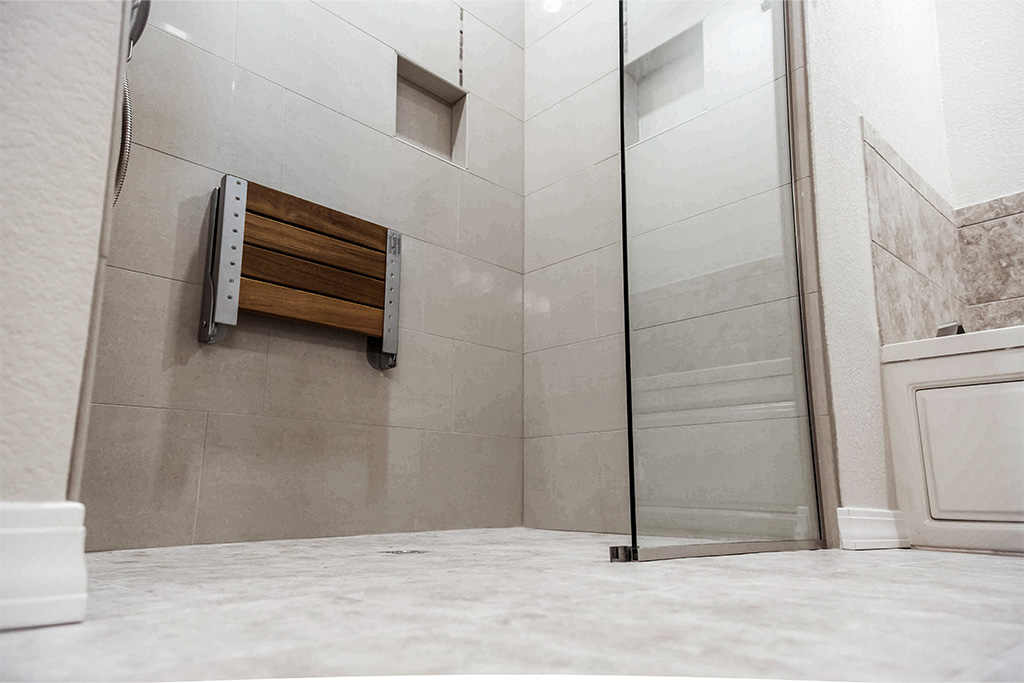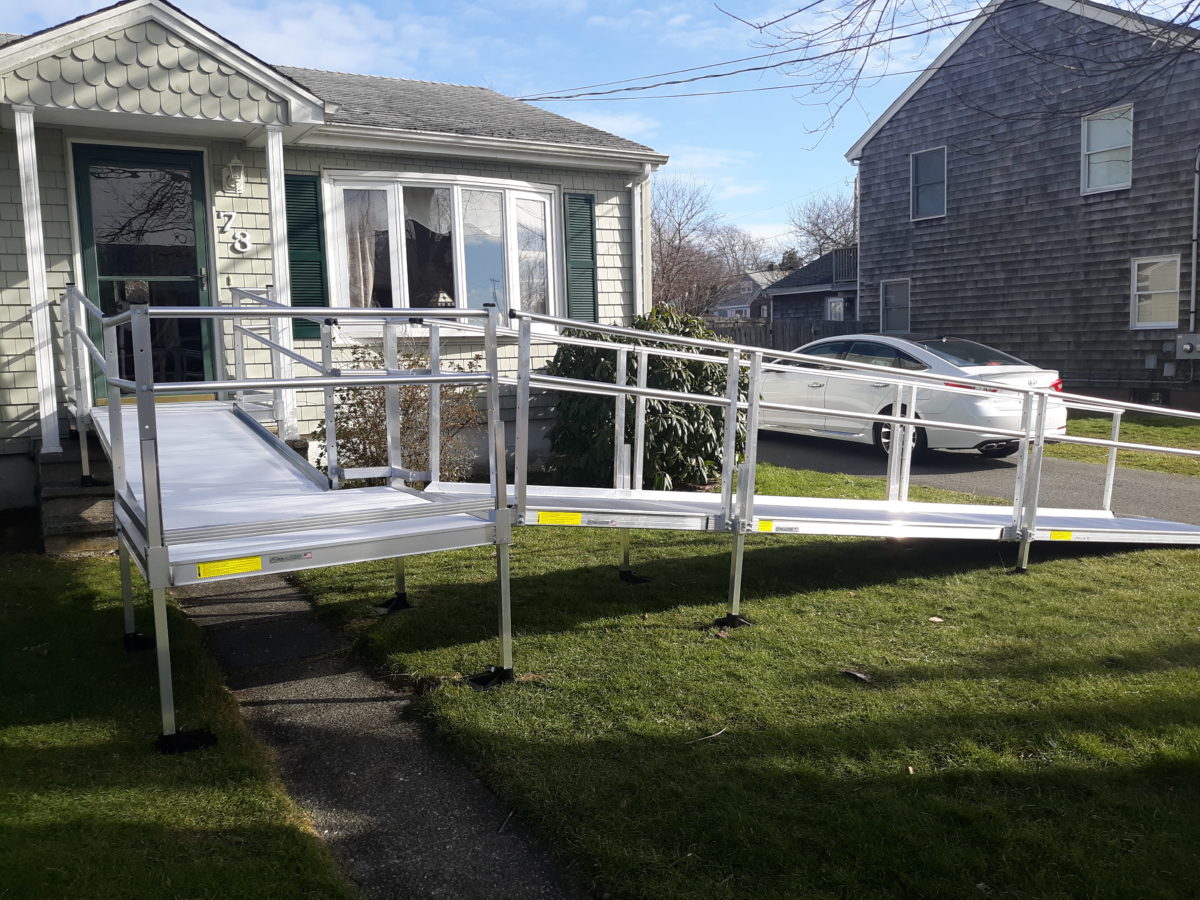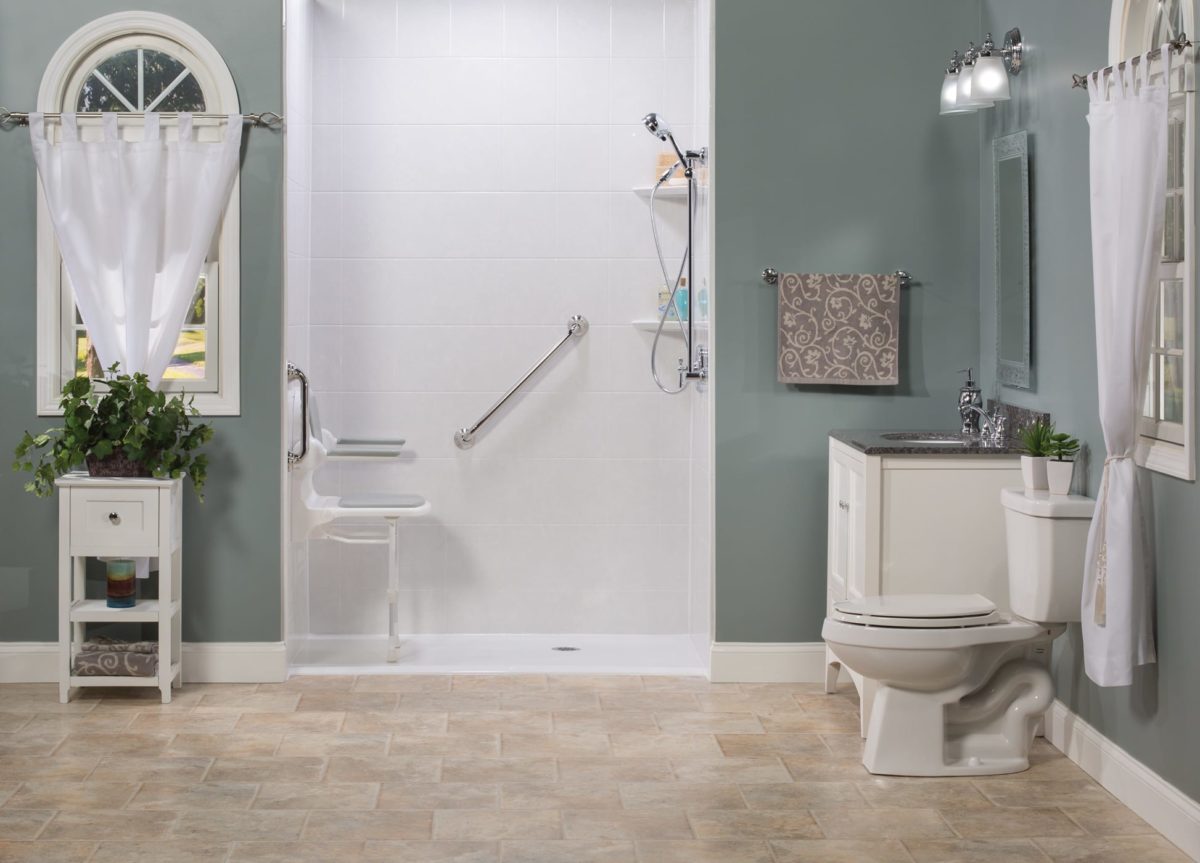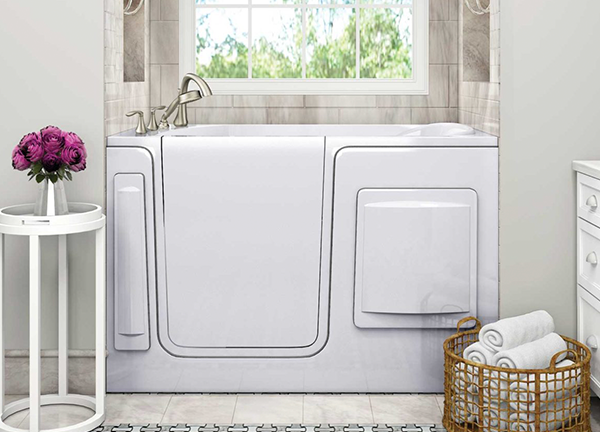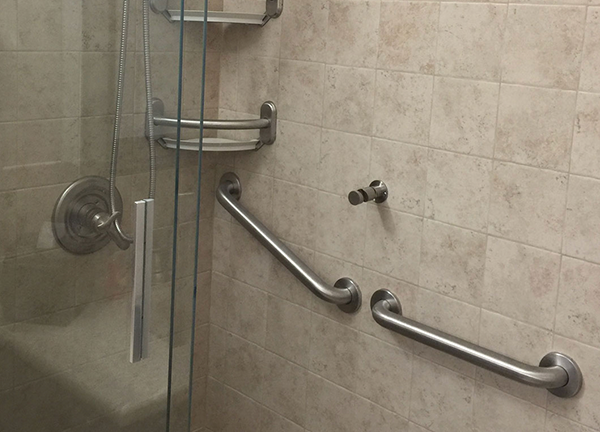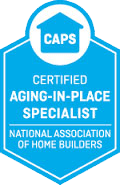May is National Home Improvement Month, the perfect time to refresh, renew, and rethink your living space. But while fresh paint and new fixtures can make a home feel brand new, there’s one element that often gets overlooked — the critical principle of home accessibility. The significance of making homes accessible and inclusive for people with disabilities cannot be overstated. Creating an accessible home not only benefits individuals with disabilities, but it also promotes a more welcoming and inclusive environment for all.
Home Improvement Beyond Aesthetics
Home improvement is more than a hobby or a passing interest; it’s an essential part of homeownership. National Home Improvement Month serves as a reminder that our living spaces should continually evolve to meet our changing needs. This year, take your improvements to a new level by ensuring that your home is accessible to every member of the family, regardless of age or ability.
Lifelong Accessibility for All Ages
Accessibility is not just a concern for the elderly. It’s a feature that makes everyday life easier at any stage. By making your home more accessible, you’re investing in the long-term ease of living and potentially safeguarding against future accidents.
Impact of Accessibility
Statistics reveal a distressing truth — millions of Americans, young and old, suffer from injuries due to home accidents each year. A vast majority of these incidents are preventable with proper home design and features. By focusing on accessibility, we can drastically reduce these numbers and create safer environments.
Home Improvements for Enhanced Accessibility
Practical home improvements can transform a standard living space into a haven of accessibility.
The Entryway
Beginning right at the front door, it’s crucial to think about installing a ramp or a stair climber to make sure all entry points are completely free of barriers, accommodating everyone’s needs. Switching out traditional knobs for lever handles on doors not only modernizes the space but also provides significantly better ease of use for individuals with mobility challenges. Additionally, ensuring there’s adequate lighting throughout and maintaining a clear path are essential steps to keep the environment accessible and safe for all. These adjustments can significantly enhance the usability of a space, making it welcoming to everyone.
Accessible Bathrooms and Kitchens
In the bathrooms, the installation of grab bars alongside walk-in showers and comfort-height toilets significantly enhances accessibility and safety, proving to be game-changers for individuals with mobility issues. Meanwhile, in the kitchen, the introduction of adjustable cabinets, pull-out shelves, and strategically lowered counter spaces transforms the cooking experience, making daily routines far more manageable and accommodating for everyone.
Bedroom and Living Areas
Creating a bedroom and living area that cater to accessibility needs often requires a thoughtful reevaluation of furniture placement to facilitate ease of movement. This may involve considering the strategic use of adjustable beds or lift chairs to enhance comfort and independence. Additionally, it’s crucial to ensure that pathways within these spaces are sufficiently wide and clear of obstacles, allowing for smooth and safe navigation. This approach not only improves functionality but also contributes to a more inclusive and accommodating living environment.
Understanding the Financial Aspect of Accessibility
Many homeowners are daunted by the potential costs of improving home accessibility. But there’s a silver lining — several avenues exist to help fund these essential changes.
Exploring Funding for Home Modifications
There are a variety of financial support options available to help offset the costs of making homes and businesses more accessible. These include government assistance programs specifically designed to fund accessibility improvements, tax credits that can reduce the amount you owe at the end of the year, and insurance claims that may cover part of the expenses for necessary modifications. Utilizing these resources can significantly lower the financial burden of accessibility renovations.
Long-Term Cost Savings of Accessibility
Investing in home accessibility can actually save money in the long run. By reducing the risk of accidents and potentially preventing the need for full-time care, the cost of home improvements is often minuscule compared to their long-term benefits.
Resources for Accessibility
The internet is a treasure trove of information and support for those looking to make their homes more accessible.
Organizations and Forums that Offer Support
Various organizations, such as AARP and local disability service centers, provide resources and support for accessibility projects. Additionally, online forums and social media groups connect you with others who have similar experiences and can offer valuable advice and encouragement.
Elevating Home Accessibility During National Home Improvement Month
This National Home Improvement Month, we urge you to consider the value of accessibility in your living space. By taking the steps to enhance the usability of your home, you are not only investing in its market value but, more importantly, in the safety and comfort of those who live there.
Be proactive. Begin by assessing your home for potential accessibility concerns. Remember, each improvement you make brings you closer to a space that is safe and welcoming for every stage of life.
For professional guidance and support in your accessibility projects, reach out to Home Mobility Pros. Our team is dedicated to empowering homeowners to create living spaces that are functional, safe, and tailored to their unique needs. Don’t wait — upgrade your home this National Home Improvement Month and experience the freedom that true accessibility brings.

